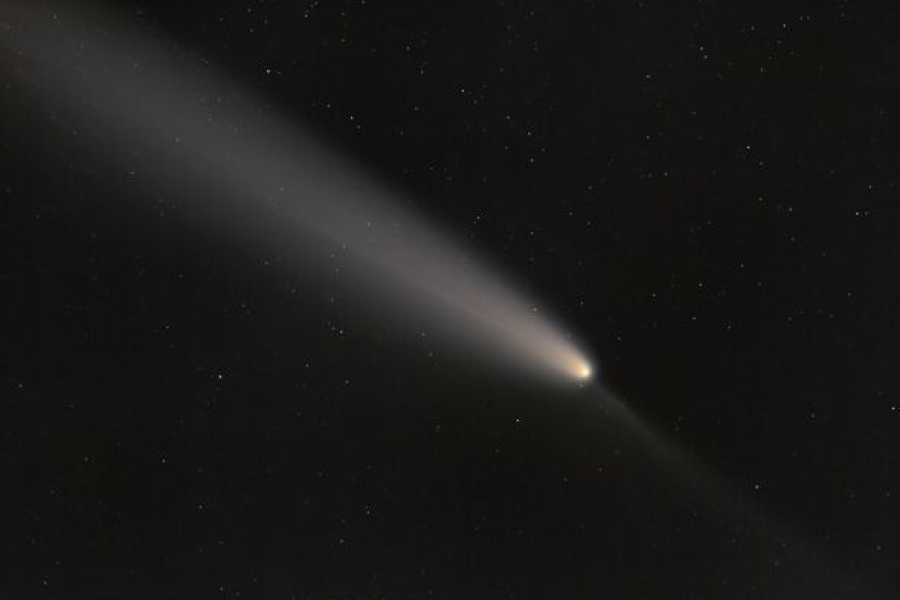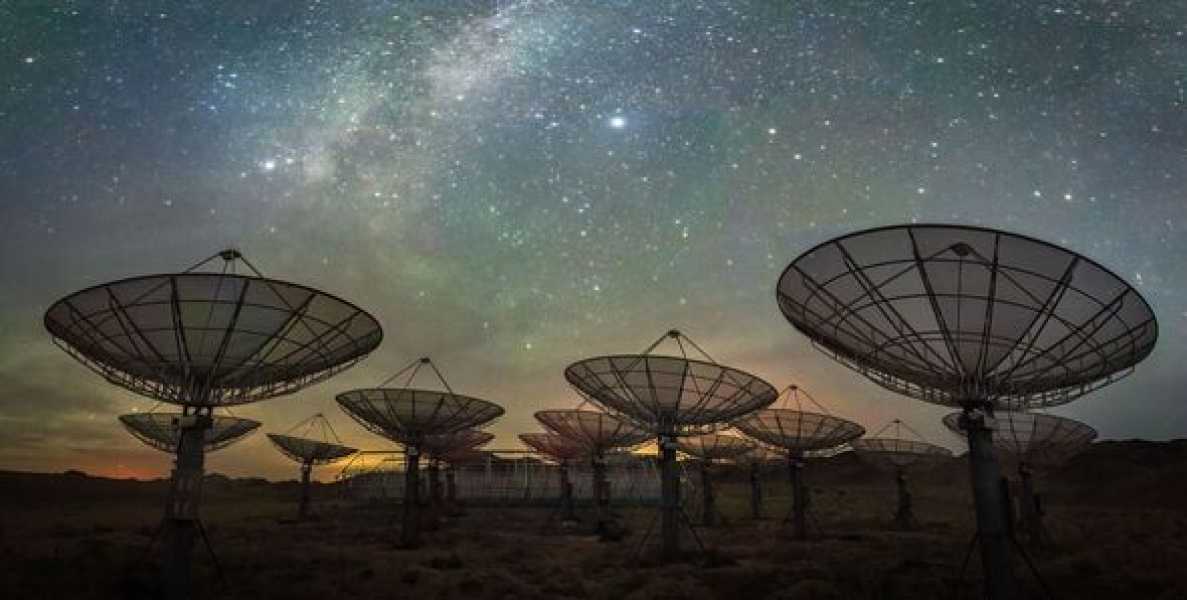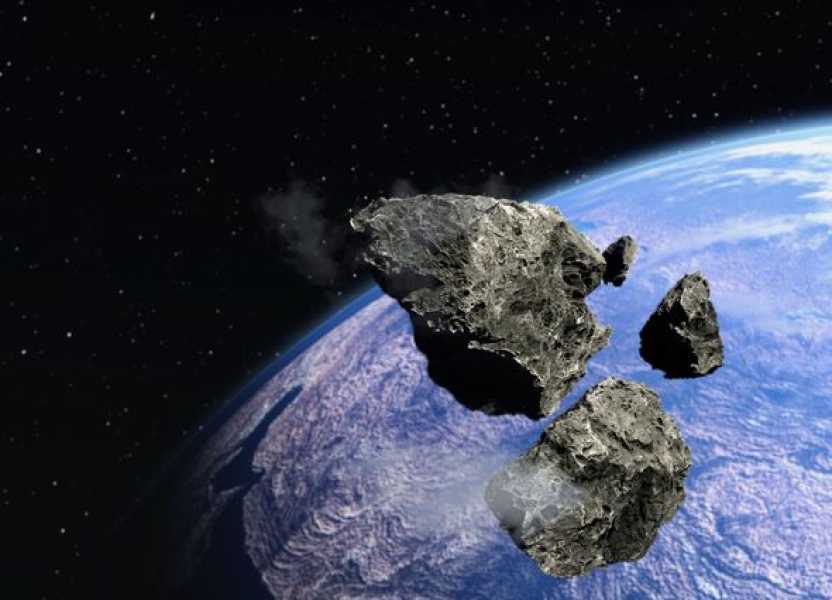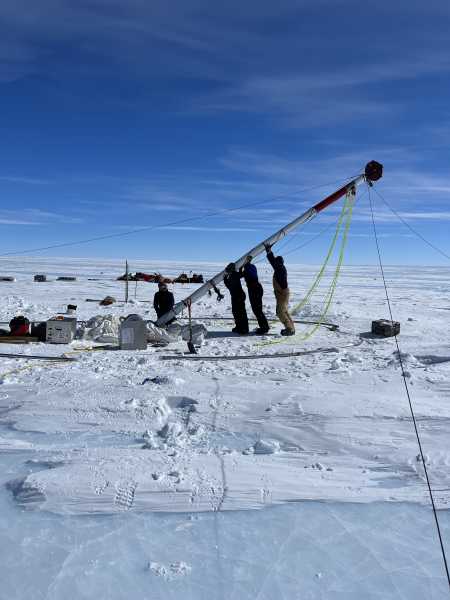Scientists are looking to the sky today as a massive asteroid is set to fly past Earth at over 20,000 miles per hour. NASA is closely monitoring its trajectory. Share this article Share this article Facebook X LinkedIn Reddit Bluesky Email Copy link Link copied Bookmark this Comment

The world's attention will be focused on the skies today as a massive asteroid, 280 feet in diameter, approaches Earth, traveling at more than 20,000 miles per hour.
Luckily for all of us, there is no threat of an apocalypse and we are safe as NASA has confirmed that the asteroid is at a safe distance and is not on a collision course with the planet.
Article continues below ADVERTISEMENT
However, despite the safety concerns, astronomers and scientists will be monitoring the asteroid, named 2025 MA90, to understand how near-Earth objects (NEOs) behave when they fly close to our planet and to learn more about whether the asteroid could get even closer.
READ ALSO: 'City-killer' asteroid could hit the Moon in 2032, with 'massive consequences'
READ MORE: Asteroid capable of destroying cities approaches Earth. NASA reveals likelihood of it hitting the Moon.

MA90 is expected to pass within about six million kilometers of Earth's orbit today. While that may seem like a significant distance, in galactic terms it's quite close.
For comparison, the closest planet to Earth, Venus, is about 38 million km away, and Mars is about 54 million km away.
NASA classified MA90 as part of the Aten group of asteroids; by definition, Aten asteroids cross Earth's orbit as they orbit the Sun.
To be considered hazardous, near-Earth objects must meet certain categories, including distance, size, and impact consequences.
Although MA90 is within the potentially hazardous distance (within 7.48 million kilometers), its smaller size does not currently cause concern.
For an asteroid to have a significant impact on Earth, it would have to be 140 meters or more in diameter; the current asteroid is only 85 meters in diameter. This means that even if it were to enter our atmosphere, most of it would burn up and be blown away.
Despite its remoteness and safety, observing MA90 could provide scientists with important data to further study asteroid orbits. Collecting information about their trajectories, rotation speeds, and composition could help refine models that predict when an asteroid will approach our home.
In the coming weeks, NASA will track several more near-Earth objects that will fly within seven million kilometers of Earth. The asteroids will fly by on July 17, July 19, July 20, and August 8.

One of the next large asteroids to come really close to Earth will be Apophis in 2029. When it was first discovered in 2004, it seemed like it could hit Earth within the next decade, but after careful monitoring, NASA is “confident that Apophis is not at risk of hitting our planet for at least 100 years.”
For many astronomers, it will still be a sight to behold, as Apophis will pass just 36,000 km from our planet, closer than many moons.
NASA added: “There is no threat to Earth, to anyone or anything living on it, or to astronauts or satellites in space.”
“An asteroid of this size passes so close to Earth on average once every few thousand years, so it is entirely possible that such an event has never occurred in recorded human history.”
SUBSCRIBE Invalid email address
We use your registration to deliver content in ways you have consented to and to improve our understanding of you. This may include advertising from us and third parties based on our understanding. You can unsubscribe at any time. See our Privacy Policy.
Read more
Sourse: www.express.co.uk





